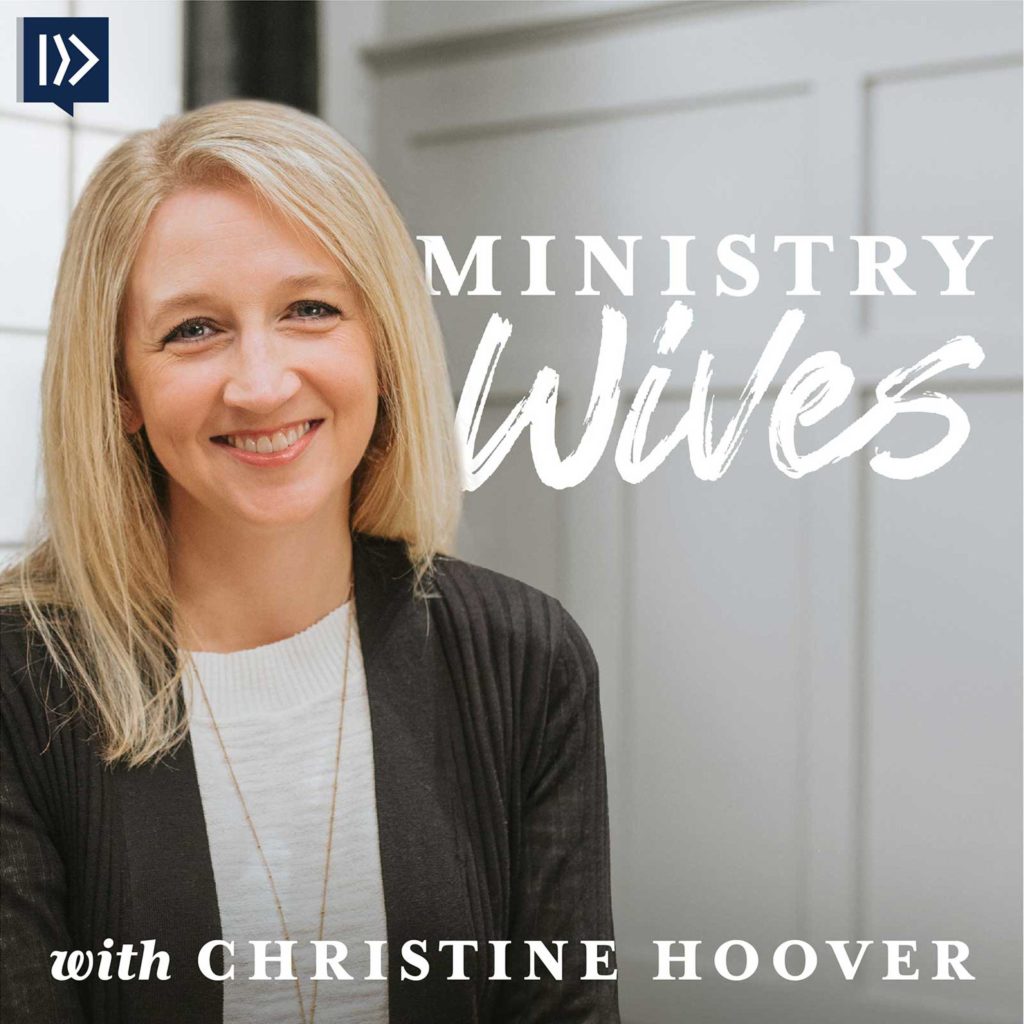We still tuck in our kids.
It’s just that the tucking looks a little different these days.
If bedtime routine was important to us when trying to sleep train them as toddlers,
it’s equally important to them in their school years.
Here’s how and why we still tuck in our kids:
1. It’s that one-on-one or two-on-one they crave.
Okay. Okay. So they’re not begging us for this nightly attention, but we know they want it! Because they squeeze the mess out of time we spend by their beds. For a while, we did family time together but we quickly realized the kids weren’t getting the individual attention they needed at the end of the day. By the time we had dinner as a family and been in multiple conversations in carlines, traffic or over afternoon snacks or homework, they’re looking forward to one-on-one time with us. Sometimes, it’s both parents with one child at a time. Sometimes, Ben and I are fist bumping as we move individually from kid to kid.
2. We tuck in according to their needs.
Some of our kids want more of our presence than others at this stage of life. Some want to talk things out, and some are saving the best for last. What we’ve learned over the years is that it’s when they get quiet that they truly want to share about friendships or a bully at school. It may be more simple than that—a deep thought about toenails, for example.
For our middle-schooler, we remind him of truths. He is loved. We are for him. God has a purpose for his life, and He sees him and wants to be his guide and friend. We ask our middle-schooler about his day and about his relationships. We try to be still and listen to his few, yet important, words.
For our girl, we receive the lightest kisses on our cheeks and the littlest arms around our necks. We pray with her that she will have sweet dreams and that whatever is pure, excellent, praiseworthy and lovely, she would think about such things (Philippians 4.8).
For our 10-year-old, though he’s laying down, we’re cheering him on. We tell him that he’s got what it takes and that we believe in him. We pray specifically for friendships and for what’s happening in our world because this stuff matters to him.
For our youngest, gosh … This kid simply requires hugs, back scratches and nearness. He could care less what we say to him, only if he receives loving, affirming physical touch.
3. We tuck in according to their age.
“Lights out!” is determined by their age. They’re all pretty much in bed around the same time—assuming homework is completed. But our call for lights out depends on their age. Our 3rd and 4th graders can barely keep their eyes open when it gets close to bedtime, but, if they can, we let them read for 20 minutes. Our 5th and 7th graders relish this down time with a good book and read for 30-45 minutes.
Years ago, when they started school and were required to read 20 minutes a day, we started to put them to bed early so they could read. It was a psychological win! We put them to bed early. They got to stay up later, or so they thought! Now, it’s just normal. Oddly enough, it works the same for us as parents. We get down time away from screens and devices to relax our minds and bodies with a good read.
The reading time they have in their beds gives me and Ben plenty of time to go to each child, and tuck them in. Sometimes, we’re turning their lights out. Other times, they’re eyeing their clocks and know when it’s time for lights out.
We’ve already established at a young age that bedtime is sacred and personal. “Lights out!” varies with age, but everybody is grateful the next morning that it was still and relaxed at the end of a busy day.
Bonus: Because outside of Jesus, we want to be their biggest fans.
And if we’re not looking them in the eye, telling them truths and cherishing that moment before they drift off to sleep, we’re letting the rest of the world they encountered that day be the biggest voice and strongest influence in their lives. So, if it’s an “I love you,” a kiss, a hug, a prayer or a song (and always a back scratch for those certain few kids) it’s well worth it that we perform the “lights out!” ritual and tuck our kids in at night.
I’m not crazy to write and tell you that it will still look like this when they’re 14, 15, 16 and 18 years old. Cribs may have turned into bunk beds, and conversations may have gone from simple to complex. But one thing hasn’t changed; snuggled under their covers, parents are the last faces children look at before they go to sleep. The days left of doing so are growing fewer. So, I’m gonna make a “not-so-crazy” prediction that this “lights out!” will continue until they leave the house.
Like Robert Munsch writes in Love You Forever, “I’ll love you forever, I’ll like you for always, as long as I’m living, my baby you’ll be.”
Published December 12, 2016



